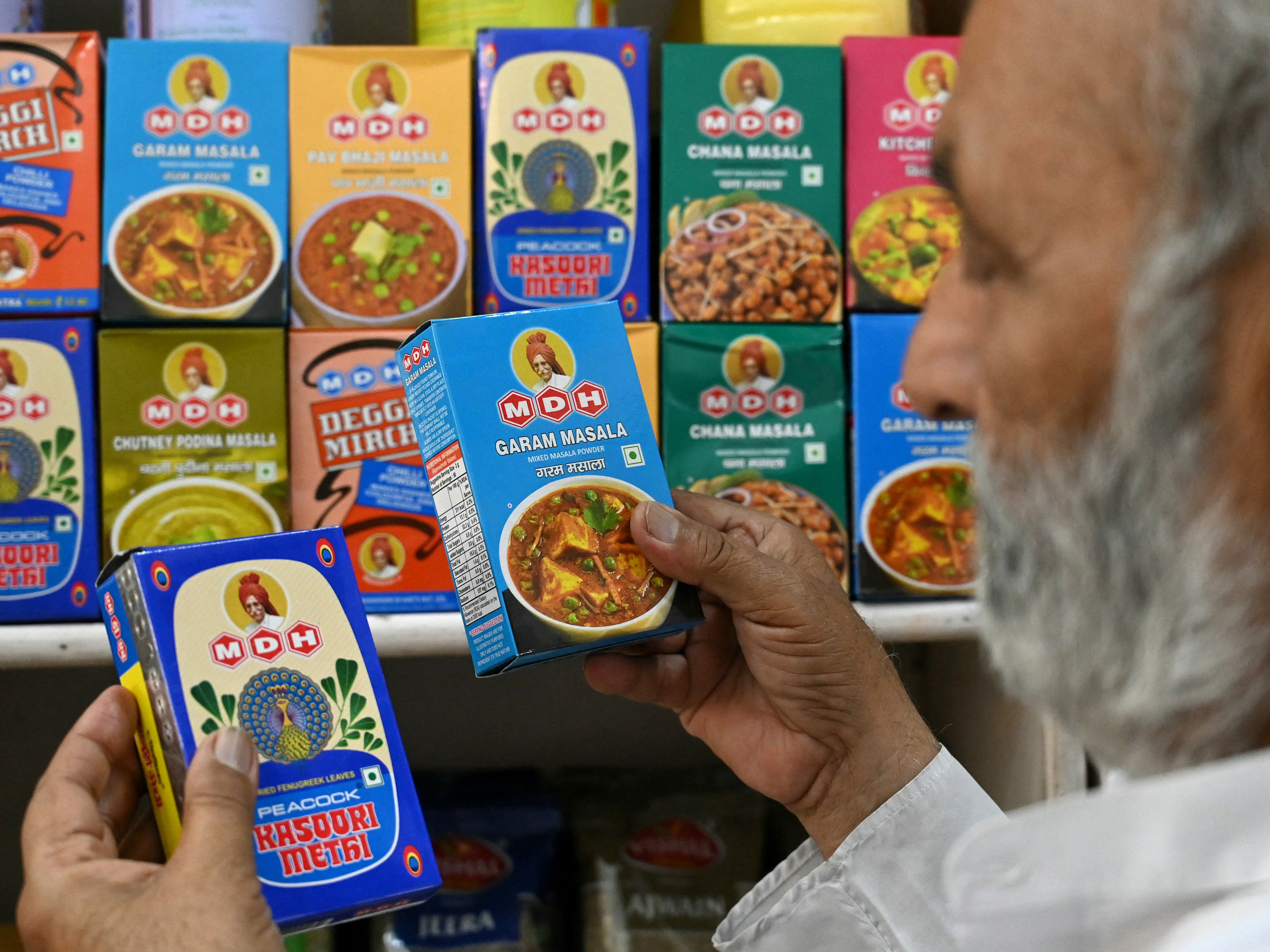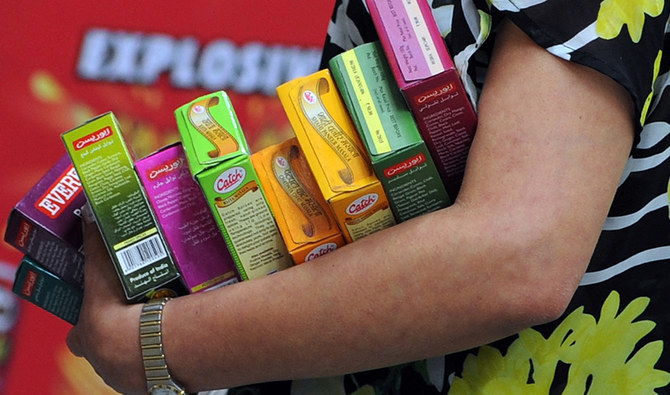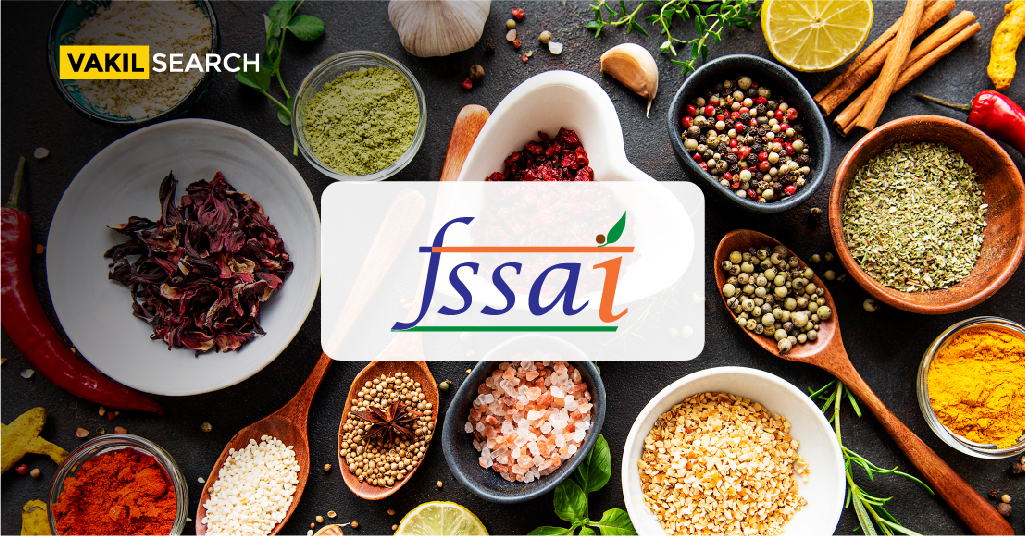And, The Controversy Regarding Quality And Safety Of Indian Spices Returns, Nearly 12% Of Samples Of Indian Spices Fail Quality, Safety Standards; Why Does The RTI Never Provide Information Asked for?
Indian spices, renowned for their rich flavours and historical significance, have long been the backbone of the country’s culinary tradition. However, quite recently they cast a shadow over this legacy, as concerns about the quality and safety of some of the most popular spice brands emerged. If we thought that this controversy was over, it has returned as global scrutiny continues, the once-unquestioned trust in these household names is being reevaluated once again, raising important questions about food safety and regulatory oversight in the world's largest spice market.

Nearly 12% of tested Indian spices samples failed to meet quality and safety standards, according to data obtained by Reuters from tests conducted by Indian authorities, once again raising the question of how safe are the spices that we are consuming.
The scrutiny follows actions taken by several countries due to contamination concerns in two popular spice brands – MDH and Everest.
The Food Safety and Standards Authority of India (FSSAI) began inspections, sampling, and testing of mixed spice blends after Hong Kong suspended sales of some MDH and Everest spice blends in April due to high pesticide levels.
In response, Britain tightened controls on all spice imports from India, while New Zealand, the United States, and Australia also initiated investigations into these brands.
Both MDH and Everest have asserted that their products are safe for consumption.
These brands are among the most popular in India, which is the world’s largest exporter, producer, and consumer of spices and their products are sold across Europe and Asia.

Data obtained by Reuters under India’s Right to Information Act revealed that out of 4,054 samples tested between May and early July, 474 failed to meet the required quality and safety standards.
Although the FSSAI did not provide a breakdown of the brands tested, they confirmed that necessary actions were being taken against companies with non-conforming samples, in accordance with Indian law.
Despite a request from Reuters for detailed reports on the samples that failed, the agency stated that such reports were unavailable.
India’s domestic spice market was valued at $10.44 billion in 2022, according to Zion Market Research, with exports reaching a record $4.46 billion in the fiscal year ending in March.
From Spices To Slow Poisoning
Indian cuisine, known for its rich and diverse use of spices, is deeply intertwined with the country’s history as ‘the land of spices.’
These spices have long been coveted, attracting traders from distant lands; however, the recent global scrutiny of Indian spices has brought a sharp contrast to this legacy, raising concerns about the safety of products that are integral to the nation’s daily diet.
In April, a series of alarming incidents unfolded. Countries like Singapore, Hong Kong, and the United States issued warnings and raised serious concerns about contamination in leading Indian spice brands.
These are the very brands that have been consumed for decades, yet it took foreign authorities to uncover what had been overlooked or concealed by the FSSAI and these corporate giants for so long.
These events shed light on the negligence of both the food regulator, FSSAI, and the spice companies, revealing how consumers in India have been misled and potentially harmed due to corporate greed and regulatory inertia.
The scrutiny has especially tarnished the reputations of MDH and Everest, with MDH having faced multiple rejections from the United States even before this global attention.

The Indian Spices Potent Mix
The events revealed how citizens and consumers have been misled and potentially exposed to harmful products. Among the brands under scrutiny, MDH and Everest have particularly stood out, with MDH facing prior rejections from the United States.
For example, MDH, a popular Indian spice brand, has been under scrutiny since 2021 due to alleged contamination in some of its products. U.S. regulatory data indicates that, on average, 14.5% of MDH’s shipments to the U.S. have been rejected due to bacterial contamination.
Additionally, Hong Kong and Singapore recently suspended sales of certain spice blends from MDH and Everest, citing elevated levels of ethylene oxide, a carcinogenic pesticide that poses significant health risks with prolonged exposure.
In response, both companies have defended the safety of their products. MDH, in particular, has stated that ethylene oxide is not used at any stage of their spice storage, processing, or packaging.
The Call to Action
Despite these assurances, authorities in the United States, Australia, and India (albeit somewhat belatedly) actively investigated these allegations.
The integrity of these brands, despite their popularity in India and extensive global exports, has been called into question, raising serious concerns about food safety and regulatory oversight.
As the world’s largest producer, consumer, and exporter of spices, India’s domestic spice market was valued at $10.44 billion in 2022, with exports reaching $4 billion in the 2022-23 fiscal year, according to Zion Market Research and the Spices Board.

The Trend
Even before the recent scrutiny, MDH, a century-old family-run Indian company, had faced rejection of its products in the United States due to the presence of salmonella, a bacteria known to cause gastrointestinal illness.
From October 2023 to May 3 of the current fiscal year, 20%—or 13 out of 65—of MDH’s shipments to the United States were rejected due to salmonella contamination, according to data compiled by Reuters from the U.S. Food and Drug Administration (FDA).
Although the FDA did not specify the quantities involved, the rejected shipments included mixed spices, seasonings, and fenugreek.
The rejection rate for MDH shipments stood at about 15% in the fiscal year 2022-23 and 8.19% in 2021-22, primarily due to salmonella contamination.
Everest, on the other hand, experienced fewer rejections in the United States, with only one out of 450 shipments in the ongoing 2023-24 year rejected due to salmonella.
In 2022-23, approximately 3.7% of Everest’s U.S. shipments were halted, while no rejections were recorded among the 189 shipments to the U.S. in the previous year.
Responding to inquiries about the FDA data, an MDH spokesperson maintained that their products are safe. Everest also emphasized the safety of their products, noting an ‘exceptional’ rejection rate of less than 1% for its U.S. shipments in fiscal 2023-24.
MDH and Everest have long been prominent spice manufacturers in India, supplying products widely used in households and restaurants to enhance the flavor of various dishes.
However, instances of salmonella contamination have led to recalls of MDH’s spice mix batches in the U.S. in 2019, and Everest faced similar issues, prompting FDA recalls and public health alerts in 2023.
So, how did this entire fiasco and corporate greed come to light?
It all started innocuously with a routine food surveillance exercise in Tsim Sha Tsui, a bustling shopping district in Hong Kong known for its hotels and restaurants overlooking Victoria Harbour.
During this operation, the Centre for Food Safety, a governmental body, collected spice samples from various retail establishments.
To everyone’s surprise, the tests revealed the presence of ethylene oxide, a pesticide, in four products from two popular Indian spice brands: MDH’s Madras Curry Powder, Sambhar Masala, and Curry Powder, along with Everest’s Fish Curry Masala.
This discovery sent shockwaves across the region, prompting countries worldwide to question the safety of their curry supplies.
In response, authorities in Hong Kong swiftly ordered vendors to remove these products from shelves and cease their sale.
Shortly thereafter, the Singapore Food Agency instructed a local importer, S.P. Muthiah & Sons Pte Ltd, to recall Everest’s Fish Curry Masala from the city-state, even advising consumers with health concerns who had used the product to “seek medical advice.”
Can we regain our lost glory, and what is at stake?

Experts suggest that timely intervention by Indian regulators and a comprehensive overhaul of the domestic spice market are crucial to restoring international trust—an essential step for India’s spice industry to achieve its ambitious export target of $10 billion by 2030.
India, known as the “spice bowl of the world,” is both the largest consumer and exporter of spices globally, cultivating over 75 varieties.
In FY23-24, India’s spice exports were valued at $4.25 billion, with key exports including chili powder, cumin, turmeric, curry powder and paste, cardamom, pepper, coriander, and nutmeg.
Thus there is a need for India to restore its credibility in the global market by improving its domestic production system through regular inspections and testing.
The future of this controversy largely depends on how other major importers react.
The Sordid Tale of Everest Spices
Everest, a leading producer that generates over 10 million spice packets daily and exports to more than 60 countries, clarified that certain nations require the use of ethylene oxide for treatment.
This substance, described as “a gas, not an ingredient,” is primarily used to control microorganisms and pathogens in food products, thereby extending their shelf life.
Some countries, like the U.S. and Canada, prefer ethylene oxide sterilization for food safety over other methods to prevent adverse effects on products. However, the acceptance of ethylene oxide varies by region.
While the U.S. allows its use within certain limits, it is prohibited in spices for domestic consumption in India. In Singapore, as stated by the Singapore Food Agency on April 18, ethylene oxide “is not authorized for use in food” but “can be used to fumigate agricultural products to prevent microbial contamination.”

Finally Waking Up
On May 7, the Spices Board, the regulatory authority promoting Indian spice exports, issued a nine-page circular advising exporters to recognize ethylene oxide as a hazard.
The circular instructed them to ensure the absence of ethylene oxide and its metabolites throughout the supply chain by testing raw materials, processing aids, packaging materials, and finished goods.
The agency, operating under the Union Ministry of Commerce and Industry, also mandated that companies conduct a root cause analysis if ethylene oxide contamination is detected, aiming to prevent future occurrences.
Lastly, the Food Safety and Standards Authority of India (FSSAI), responsible for ensuring the quality of food consumed in the country, has denied claims of allowing high levels of pesticide residues in spices and herbs.
FSSAI stated that it has been actively collecting samples of branded spices.
However, the widespread production of illicit and substandard spices remains a significant concern in India.
FSSAI Under the Spotlight
In response to reports alleging that it allows significantly higher pesticide residue levels in herbs and spices, the Food Safety and Standards Authority of India (FSSAI) has strongly refuted these claims, labeling them as false and malicious.
The regulatory body emphasized its commitment to maintaining strict standards for Maximum Residue Levels (MRL) of pesticides.
FSSAI clarified that MRLs are established based on individual risk assessments for various food commodities. Its Scientific Panel on Pesticide Residues carefully evaluates data provided by the Central Insecticides Board & Registration Committee (CIB & R.C.) to determine appropriate MRLs, including those for spices.
According to the regulator, India has registered over 295 pesticides, with 139 approved for use in spices alone. These pesticides are subject to varying MRLs based on specific crop requirements and risk assessment data.
However, FSSAI came under criticism after an April 8 order that relaxed pesticide norms for herbs and spices by increasing the MRL for a specific pesticide. This new limit raised concerns among activists who feared it could jeopardize the export quality of Indian spices to key markets.
The revised MRL for this pesticide in herbs and spices was increased from 0.01 mg/kg to 0.1 mg/kg, as reported by The Economic Times. FSSAI clarified that this adjustment applies only to pesticides not registered in India by the CIB & R.C.
The decision was recommended by the Scientific Panel on Pesticide Residues, considering the adoption of MRLs ranging from 0.1 mg/kg and above by the Codex Alimentarius Commission on Pesticide Residues for spices worldwide during 2021-23.
Additionally, FSSAI’s order also raised the MRL for pesticides not registered in India, indicating that while these are prohibited for use within the country, they could still be present in imported products.

The Bigger Picture
The recent revelations about pesticide residues in Indian spices once again indicate a troubling pattern of regulatory leniency and corporate negligence, posing potential risks to public health.
The fact that these issues were brought to light by foreign entities raises serious concerns about the effectiveness of domestic oversight mechanisms.
The Food Safety and Standards Authority of India (FSSAI), responsible for ensuring the quality of food consumed in the country, has faced scrutiny for its handling of this matter.
Reports of relaxed pesticide norms and increased MRLs in herbs and spices have sparked fears that regulatory standards set by FSSAI may not be stringent enough, potentially exposing Indian citizens to health risks.
Moreover, the involvement of corporate interests further complicates the issue. The pursuit of profit by spice manufacturers may have compromised safety standards, leading to the widespread production and distribution of contaminated food products.
This combination of corporate greed and regulatory oversight failures has created a situation where consumers unknowingly consume adulterated and potentially harmful spices on a daily basis.
The reliance on foreign scrutiny to uncover these problems shows a systemic failure within India’s food safety infrastructure.
At the same time, it also raises concerns about the possibility of similar lapses in other sectors of the food industry and the potential extent of contamination that may be going unnoticed.




